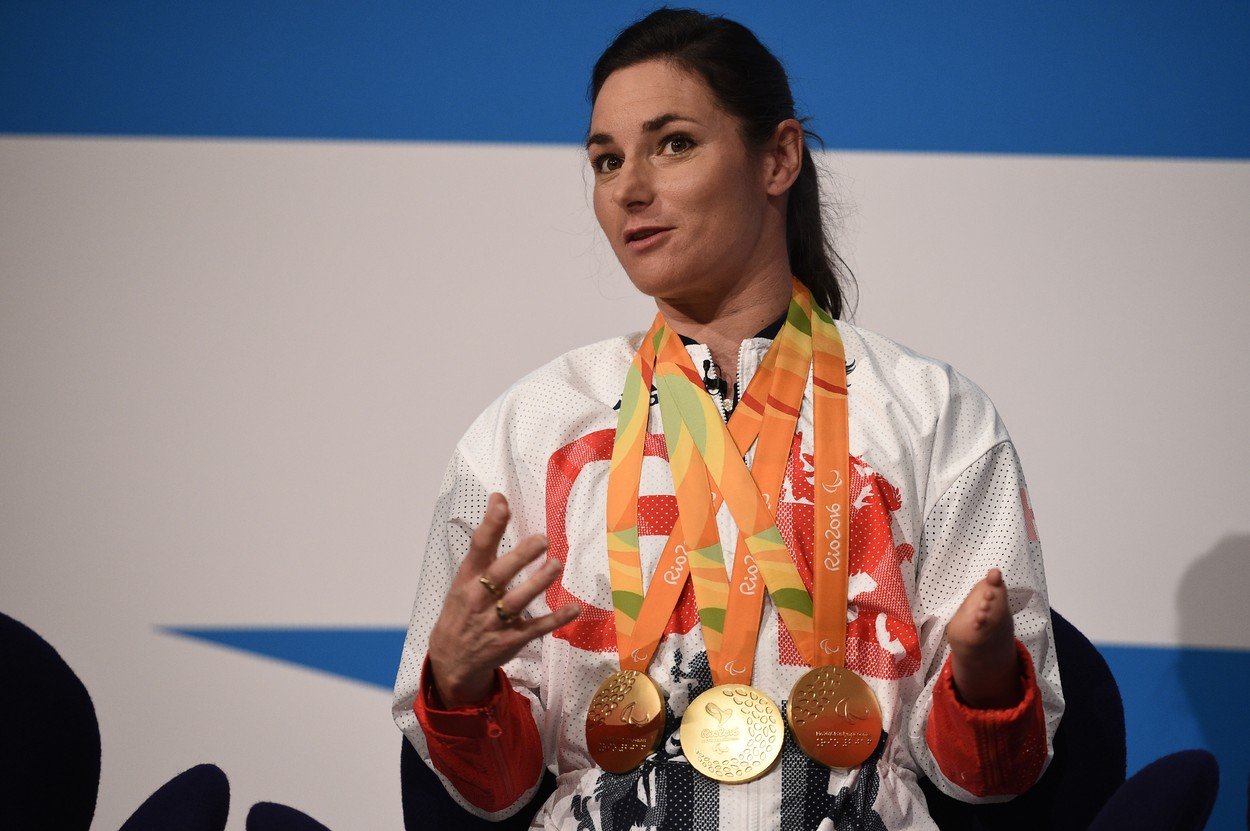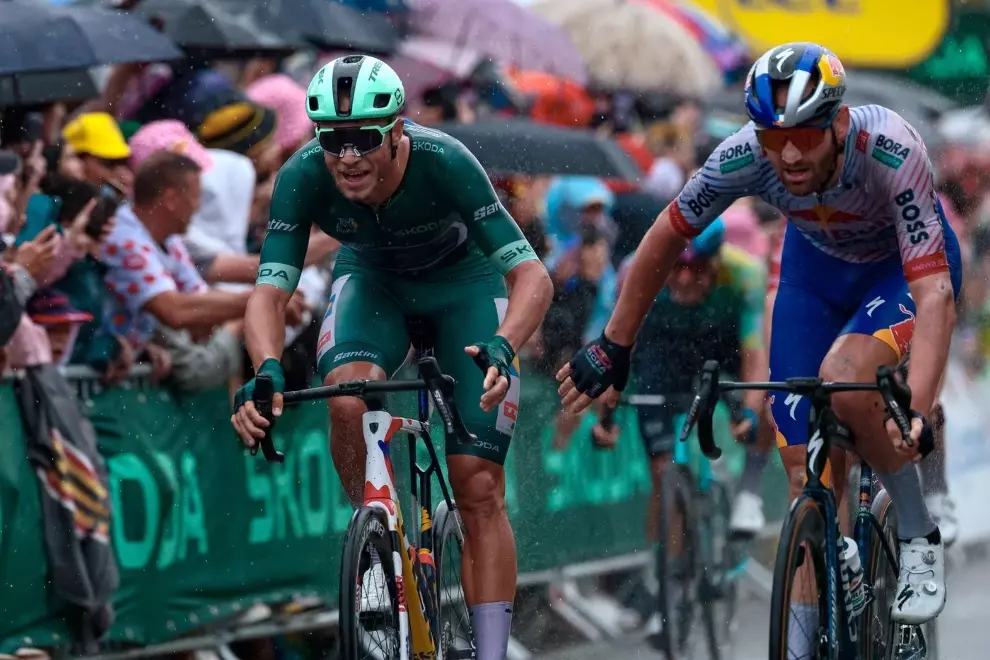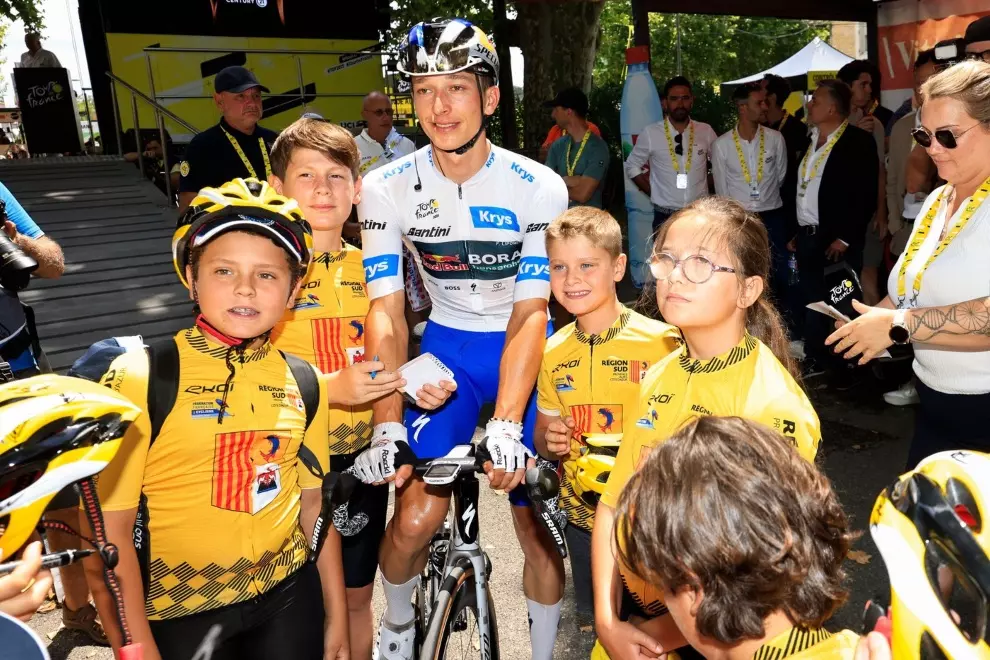In March, it was announced that the Tour de France is going to drop the convention of having scantily clad podium girls presenting trophies to the winners. This news was largely celebrated in the cycling community – after years of trophy-wielding supermodels getting more TV coverage on the race circuit than some of the sport’s most accomplished female competitors, many believe it is time for women to be seen as athletes rather than arm candy.
Home to a cast of inspiring characters, the historic link between women’s empowerment and cycling is strong and well documented. Women gained a lot of independence with the invention of the bicycle, and daring female cyclists have been finding ways to race since the beginning. Although women’s racing has been on a rollercoaster ride in the past decades, after years of seeing events and teams disappear, the sport has achieved a level of stability and is now growing.
That being said, there is still a long way to go in terms of funding, structure, and exposure. Recent years have seen the number of races increase, and the advent of the women’s World Tour is a big step in the right direction, but the finances are just not where they need to be in order to address the gender divide in professional cycling. In addition to stereotypes and a system that still reinforces baseless assumptions about the capabilities of female bodies (shorter race distances), one of the biggest obstacles that women’s racing is up against is a lack of live TV coverage.
Sarah Storey, an accomplished British road and track racing cyclist and an advocate for the sport, explained the unpredictability of coverage from year to year: “Last year we entered a race because it had been live on Eurosport the year before, only to find it had been downgraded to a live streaming because of finances.” As a result, the ROI was much lower and left organizers and racers disappointed.

In a domain where sponsorship is everything, the consequences of this instability are far reaching. Amid a host of limitations, the fact is that the current business model is failing women. With increasing pressure to have live coverage of men’s events, organizers are paying for less and less at women’s races, so the cost to the teams are much higher.
Storey and her team have been outspoken about these discrepancies, working to try and ensure that women get their fair share of the resources. She sympathises with the organizers but explains that the money available needs to be divided up differently. For now, women’s teams are left scrambling for sponsorship, the teams with the smallest budgets struggle to pull everything together, so fewer riders get the opportunities they are qualified for.
There’s no doubt that sponsorship is a tough market, but the numbers show that there’s a hugely disproportionate amount going in to men’s sport and benefitting much further down the depth of their fields. For example, a second or third tier men’s teams is likely to enjoy a significantly higher amount of TV time compared to a top tier women’s team. Ultimately, it’s purely down to the sponsorship money it spent.
Acknowledging this gender divide across the world of professional sports, Storey draws attention to the fact that tennis is really the only sport where the differentiation between men’s and women’s categories is stated equally. In all other sports, you are to assume the one without the gender added is the men’s version. Advocates point out that women shouldn’t have to prove they are worth the same investment and that now it is time for companies to make the decision to fund both sides of the sport equally.

While this discrepancy exists, it is having a substantial impact on the future of the sport. As it stands, the lack of coverage means that young women and girls really have to seek out role models they can look up to. Added visibility would encourage a greater uptake in the sport, providing the inspiration young riders need to stay motivated.
Like Storey, many agree that the biggest problem in women’s sports is that the dropout rate is far too high. Once they hit high school, the number of active females drops dramatically, and this hasn’t changed in over 25 years.
She explains: “We need female athletes to be more accessible and for young women and girls to see that active women come in all shapes and sizes, that being sporty doesn’t mean becoming butch or losing your social life.” Ultimately it seems that until women are seen more regularly on TV, it is going to be a hard cycle to break.
Yet if we’ve learned anything from women’s racing, it is that these cyclists are willing to persist against the odds. Despite tackling problematic cultural attitudes and substantial financial hurdles, the sport continues to grow. Through their own determination, these women still manage to put on epic races, so here’s to seeing more live coverage of women on the podium accepting trophies of their own.







